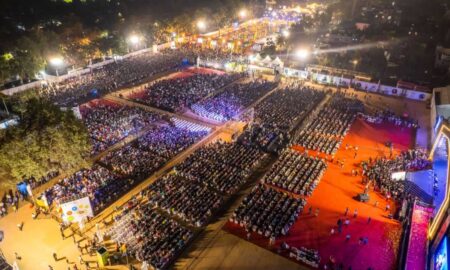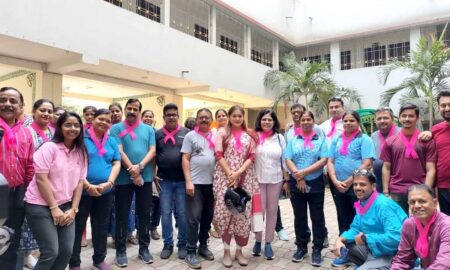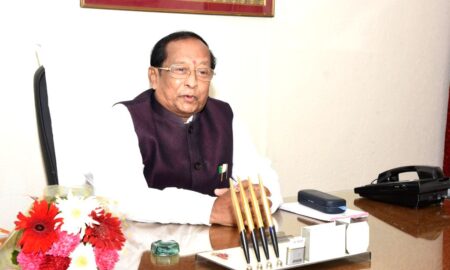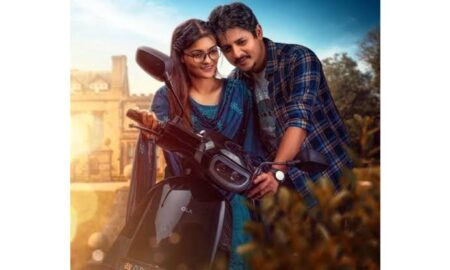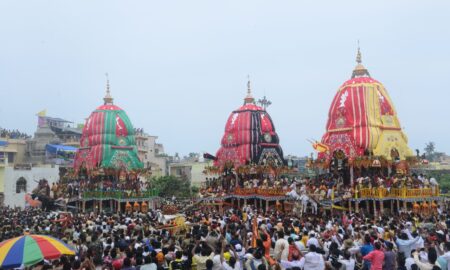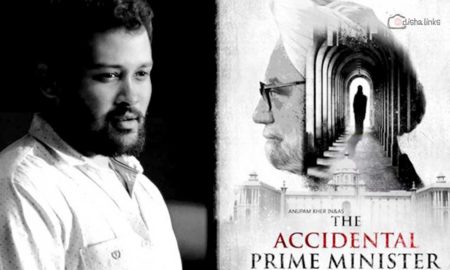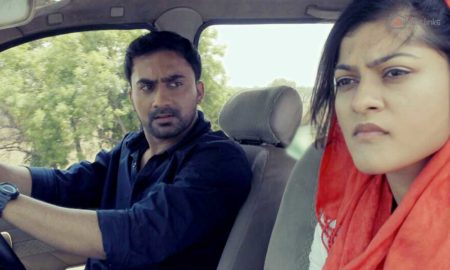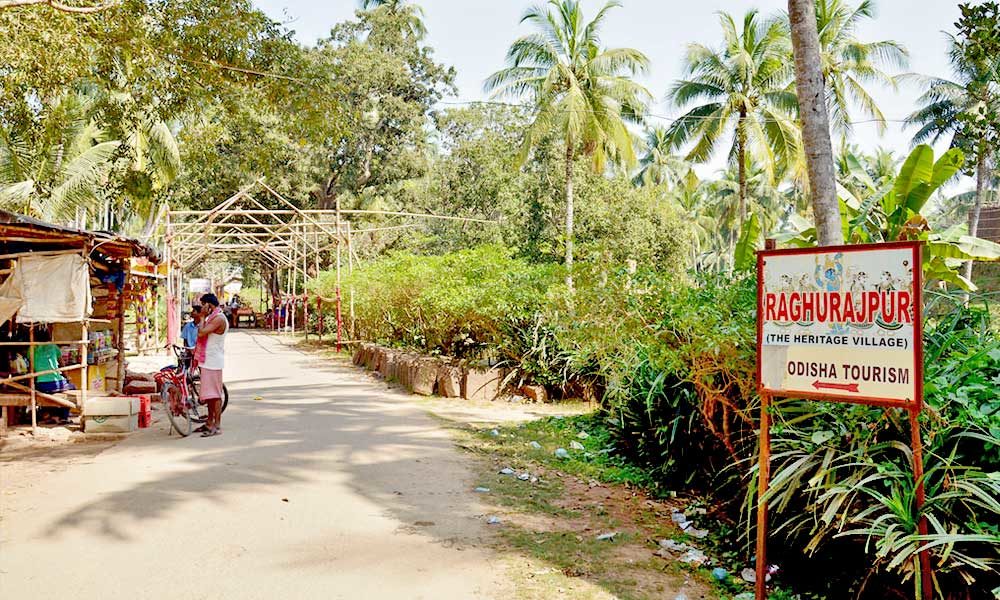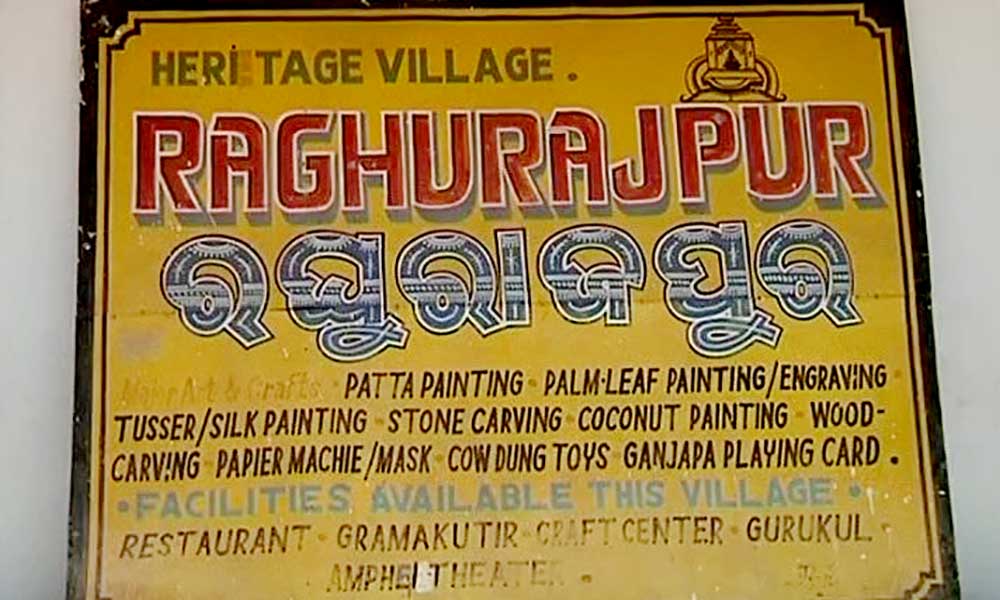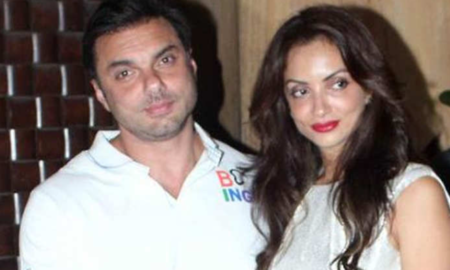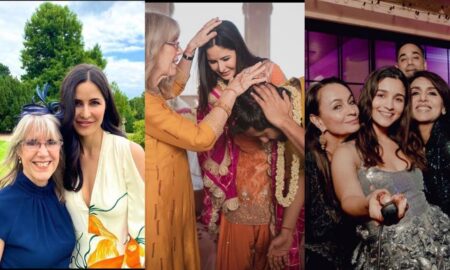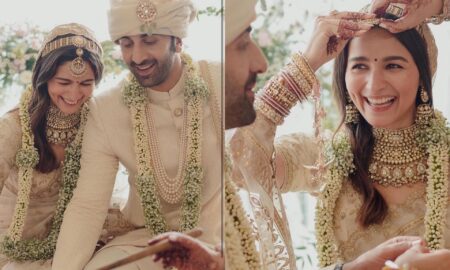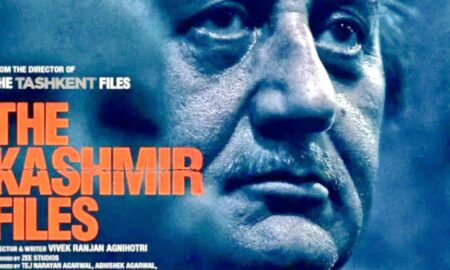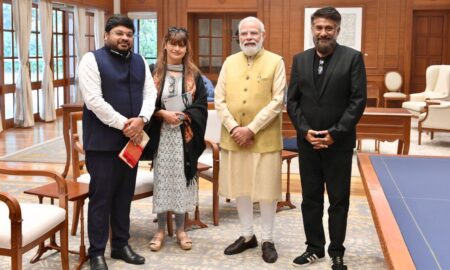More in Films & Fairs
-
Babusan Mohanty Applies For Advanced Bail
Share the newsBhubaneswar: After the open street brawl of Babusan Mohanty’s wife and Prakruti Mishra early this week, Babusan’s whereabouts were...
July 27, 2022 -
Salman’s Brother Sohail Khan And Seema Khan File For Divorce
Share the newsSalman Khan’s younger brother Sohail Khan and his wife Seema Khan filed for divorce on Friday after being married...
May 13, 2022 -
How Did Bollywood Celebrate Mother’s Day?
Share the newsMother’s Day, a day to remember and celebrate the courage and sacrifice of the living gods, mothers. The embodiment...
May 8, 2022 -
Kim Kardashian Fits Into A Marilyn Monroe Dress For Met Gala 2022
Share the newsThe reality tv star Kim Kardashian made a super stylish entry on the red carpet of Met Gala 2022...
May 3, 2022 -
Ranbir Kapoor And Alia Bhatt Are Now Mr. and Mrs.
Share the newsThe much talked about couple of the tinsel town of Bollywood finally tied the knot after much speculations. The...
April 14, 2022 -
In Pictures :Unseen Photo Of SRK From The Sets Of Pathaan
Share the newsShah Rukh Khan is finally going to be back on the silver screen with ‘Pathaan’ after fiv long years....
March 15, 2022 -
What Is SRK+? And Why Is Everyone Talking About It?
Share the newsA cryptic tweet by ShahRukh Khan has left everybody wondering about him launching an OTT app. The post was...
March 15, 2022 -
Kapil Sharma Thanks Anupam Kher After He Clarifies About Not Being Invited To The Show
Share the newsBefore the release of the anticipated movie ‘Kashmir Files,’ Vivek Agnihotri, the director of the movie in a tweet...
March 15, 2022 -
‘Kashmir Files’ Team meets Narendra Modi, Receives Appreciation
Share the newsThe much awaited movie Kashmir Files finally hit the theatres on the 11th of March and has been receiving...
March 13, 2022

